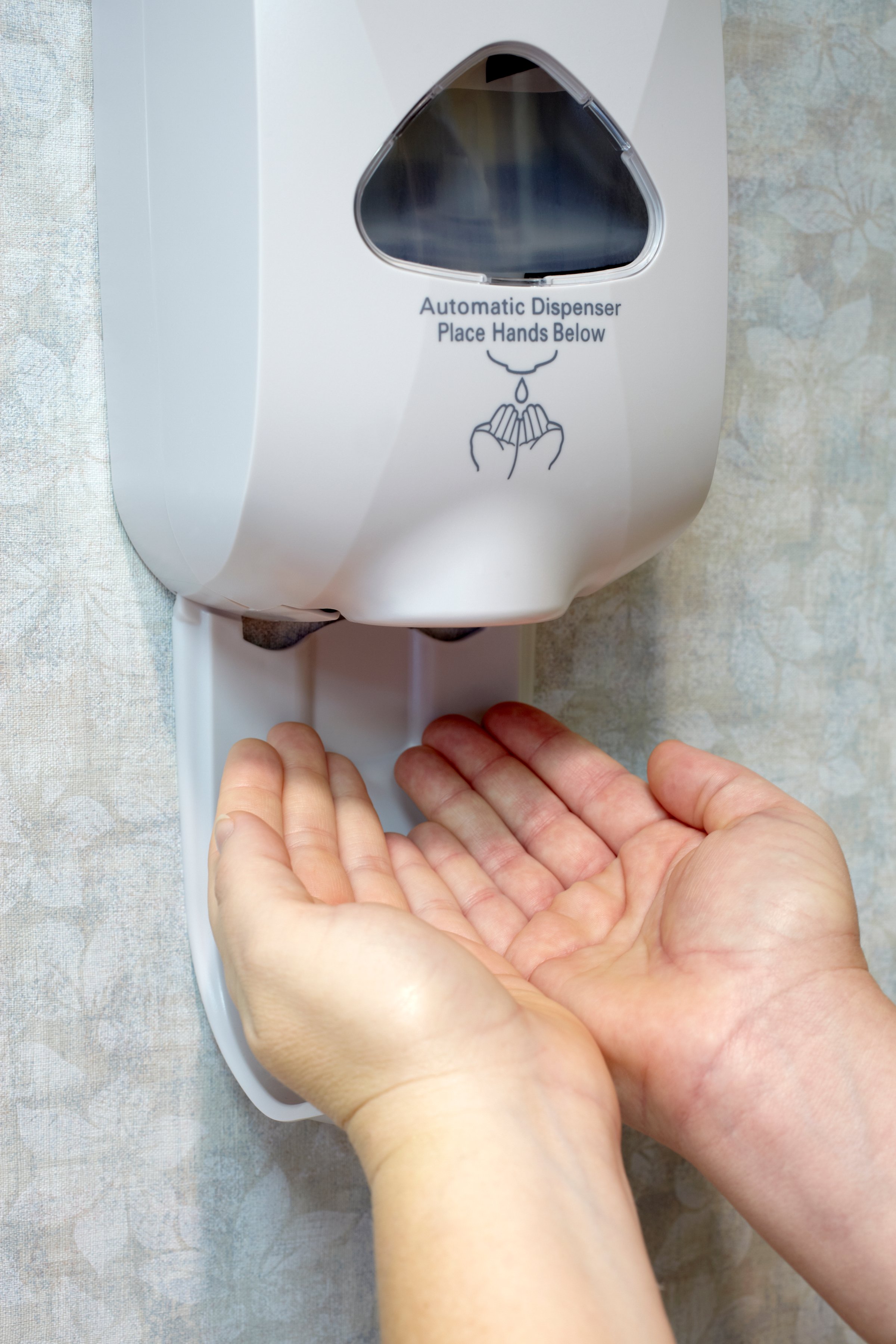
Putting hand sanitizers in schools and encouraging kids to use them doesn’t lower the rate of school absences, according to new research published Tuesday in the journal PLOS Medicine.
“These findings suggest that in high-income countries, where clean water for hand washing is readily available, putting resources into extra hand hygiene by providing hand sanitizer in classrooms may not be an effective way to break the child-to-child transmission of infectious diseases,” the study authors conclude.
The team of New Zealand researchers randomly assigned 68 primary schools to either have alcohol-based hand sanitizers in the classroom or not. All of the students in the participating schools underwent a 30 minute session on hand hygiene. The kids were also told that they should use the hand sanitizer after they coughed or sneezed, as well as when they left the classroom.
Despite the high level of encouraged use of the dispensers, the researchers found that there was no difference in the rates of school absences between the schools with dispensers and the schools without. Still, the study had some limitations. During the study period, there was an flu going around in the region—which means that the population was likely hearing public health messages about flu prevention in other places, making the effectiveness of their specific intervention difficult to parse.
For now, a good bar or soap and water, for those lucky enough to use them liberally, should do the trick.
More Must-Reads from TIME
- Donald Trump Is TIME's 2024 Person of the Year
- Why We Chose Trump as Person of the Year
- Is Intermittent Fasting Good or Bad for You?
- The 100 Must-Read Books of 2024
- The 20 Best Christmas TV Episodes
- Column: If Optimism Feels Ridiculous Now, Try Hope
- The Future of Climate Action Is Trade Policy
- Merle Bombardieri Is Helping People Make the Baby Decision
Contact us at letters@time.com